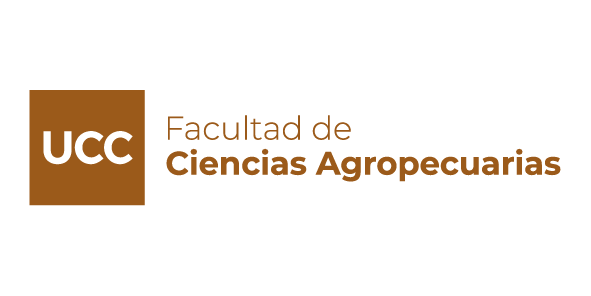Clinical-epidemiological characteristics of SARS-CoV2 infection in hospitalized patients
DOI:
https://doi.org/10.22529/me.2023.8(2)02Keywords:
COVID-19, SARS-CoV2, mortality, scores, hospitalizationAbstract
INTRODUCTION Coronaviruses are important human and animal pathogens. In January 2020, Chinese
scientists isolated a novel coronavirus from a patient with pneumonia, which they named "Severe Acute
Respiratory Syndrome Coronavirus 2 or SARS-CoV2". The disease was subsequently named "Coronavirus
disease 2019" or "COVID-19".
OBJETIVE: To describe the clinical-epidemiological characteristics of SARS-CoV2 infection in
hospitalised patients. To identify demographic, clinical and biochemical characteristics associated with
intensive care unit admission, use of mechanical ventilation and death in hospitalised patients. To observe
the ISARIC-4C score in relation to ICU admission, use of MRA and death. To observe the relationship
between SOFA score and use of MRA and death.
MATERIAL AND METHODS Retrospective, observational, analytical study. Adult patients admitted for
COVID-19 at the Clinical Universitaria Reina Fabiola from March to December 2020 were evaluated.
Clinical and biochemical variables were analysed. Data are presented with summary measures; N (%) for
qualitative variables and measures of position and dispersion for quantitative variables. Chi-square test for
qualitative variables and Student's t-test or Mann-Whitney U-test for quantitative variables were used to
assess parameters associated with evolution. A value of p ≤ 0.05 was considered significant.
RESULTS: A total of 163 patients were included; 111 (68.1%) were male and had a median (Q: 45 yearsQ3: 67 years) age of 56 (45-67) years, ranging from 19 to 92 years. Eighty (49.1%) patients had obesity as
a serious risk factor, 52 (36.2%) had hypertension and 25 (15.3%) had diabetes. Computed axial
tomography was performed in 90.7% (n= 148); tomographic patterns included 81 (55%) moderate COVID19 pattern, while 62 (41.8%) had severe pattern. Ninety-six (58.9%) patients were admitted to the general
ward and 67 (41.1%) to the intensive care unit, of which 19 (11.7%) required MRA. Twelve (7.4%) patients
died. Patients requiring intensive care unit admission most frequently showed a high/very high ISARIC-4C
score (p= 0.005), none of the demographic, clinical, imaging or biochemical variables examined were
associated with intensive care unit admission. Patients requiring MRA were older (p=< 0.001), had lower
lymphocyte counts (p= 0.02) and higher neutrophil/lymphocyte ratios (p= 0.006); none of the other
variables examined were associated with MRA requirement. Finally, mortality was associated with older
age (p= 0.001), lower PAFI (p= 0.003) and lower lymphocyte count (p= 0.027).
CONCLUSIONS: In this study there was no significant association between risk factors for severe COVID19 and mortality. Half of the scans had a moderate COVID-19 pattern. Patients who died had a PAFI less
than 250 on admission. The ISARIC-4C score was useful for predicting the area of hospitalisation in which
the patient would remain. Mortality was similar to published data.
Published
How to Cite
Issue
Section
License
Copyright (c) 2023 Methodo Investigación Aplicada a las Ciencias Biológicas

This work is licensed under a Creative Commons Attribution-NonCommercial-ShareAlike 4.0 International License.




















